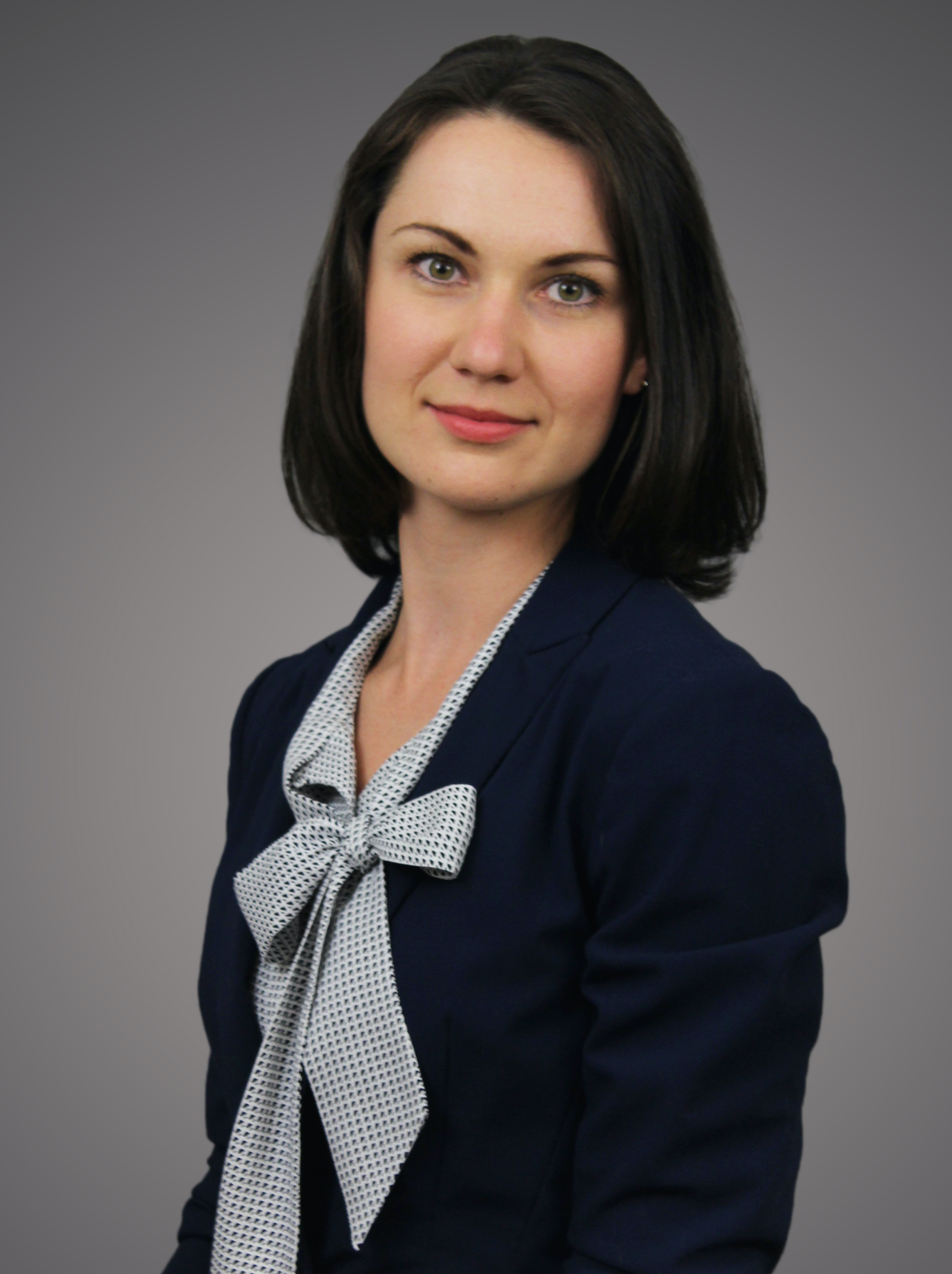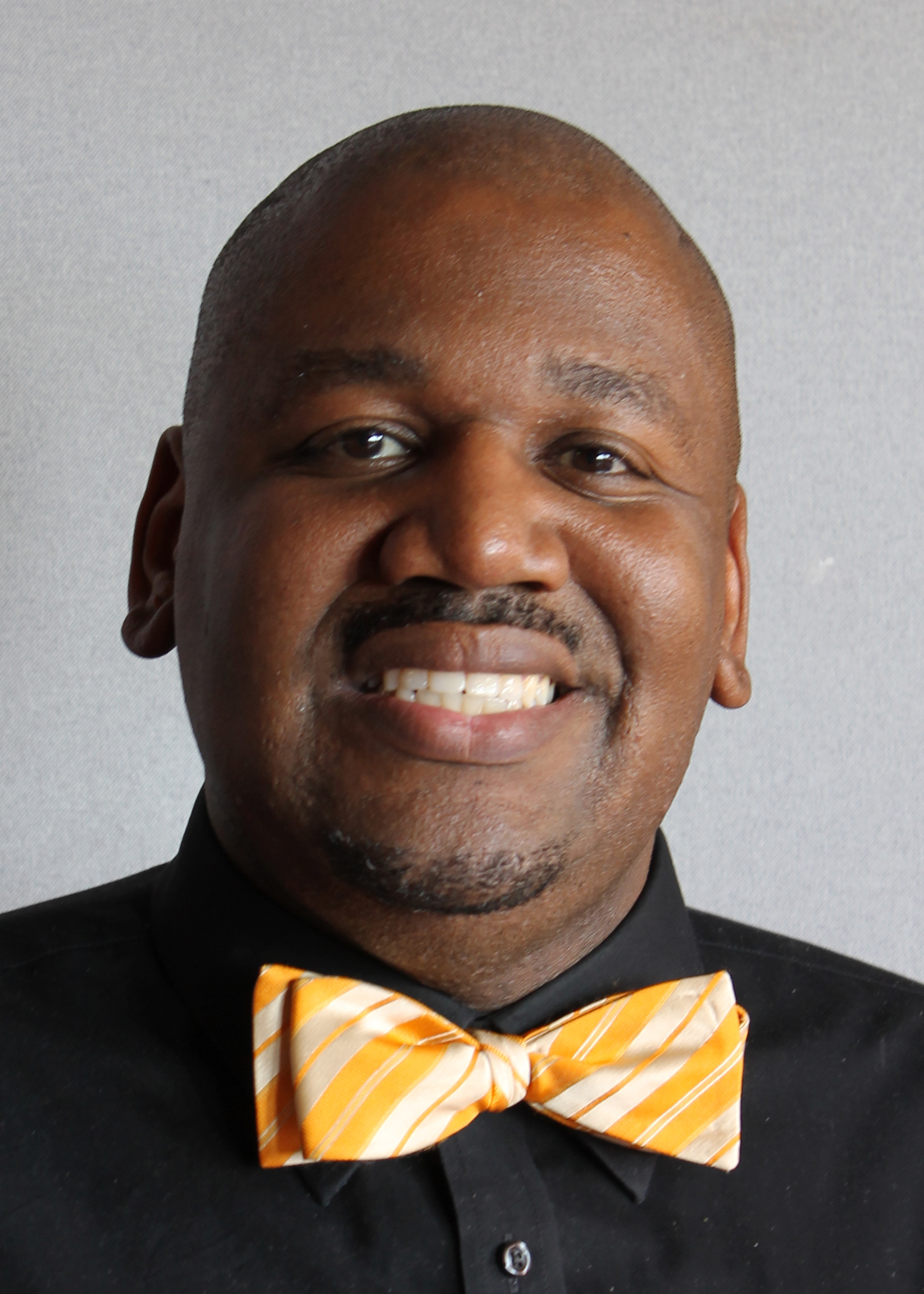
Dr. Victoria Sherif
Rarely does the word database evoke excitement beyond number-crunching circles, but a new project is stirring some excitement across Wichita State University.
The Advanced Robotics for Manufacturing (ARM) Institute, which receives funding from the U.S. Department of Defense, recently awarded Wichita State $250,000 to assist in creating a workforce development database focused on compiling a map of educational programs and resources that provide skills required for today’s advanced robotics and manufacturing careers.
But it’s so much more than a database. For students and faculty in social and education science, it’s an interdisciplinary applied learning jackpot.
“This opportunity is very unique for the College of Applied Studies because it's rare that we collaborate in such an interdisciplinary way. Partnering with engineering faculty from other regions and the ARM institute expanded our knowledge about workforce development in robotics and advanced manufacturing and also created an opportunity for social researchers to meaningfully inform research efforts and database development” said Dr. Victoria Sherif, project coordinator and assistant professor of educational leadership.
Sherif and Dr. Jason Herron, assistant professor of educational psychology, have been leading the project since February. Along with four College of Applied studies graduate students, the team has been working to compile a list of more than 900 organizations with upwards of 2,000 contacts in a nine-state region. The database will be used to populate a website that will, according to ARM, “make it easy to learn about educational programs that provide the needed competencies and skills for manufacturing careers, and, in future versions of the website, help employers find the best candidates for their available manufacturing positions.”

Dr. Jason Herron
The student team is comprised of four social science students — Treva Etsitty and Nirupama Akella, both doctoral student in educational psychology and leadership; Joana Lampe and Wendy Mcdaniel, master’s students in social work; and Ashruta Acharya, a master’s student in economics — who are collaborating, networking, collecting and analyzing survey information with engineering and robotics professionals and faculty members throughout the region.
“It’s translational science because the students on the team have to be very creative in the way they take the knowledge that they have already learned about research and about the field and apply it to a completely unknown field,” Sherif said. “It's impressive how they’ve adapted so quickly and successfully.”
Interdisciplinary collaboration
Herron said that although the fields of engineering is thought to be across the academic pond, the collaboration of the two fields a natural convergence.
“It’s actually really simple because our function as educational psychologists is to help with anything that has anything to do with training and instruction,” he said. “I understand how to do social science research, and they understand their content knowledge. We collaborate all of the time. I focus on my area of expertise, and I don't get into the engineering portion. It works out really well actually, and it's not a difficult transition."
Herron worked with the team to create a survey, or instrument, to gather the information for the database.
“ARM did a good job of laying out exactly what it wanted, and our little team refined what we thought the survey should look like,” he said. “It's basically like kind of being like a chef and determining what ingredients they want. A big part of my job is to make sure that it makes sense. Instrument development is a science and art at the same time because there are certain ways that you're supposed to ask questions, certain sequences that work well and don't work well.”
Building our economy
This is the fifth grant Wichita State has received from ARM, said Debra Franklin, associate vice president for strategic initiatives at the university. Three previous grants involved technology, and two — including the current database — involved workforce development.
Franklin said Wichita State’s membership in ARM is a significant driver for the university’s commitment to innovation and technology.
“The reason why we’re a member of ARM is because our advanced manufacturing economy will be increasingly using robotics and automation,” she said. “Understanding what technologies are emerging and being able to be aware and driving that is an important feature for our students and our regional economy.”
Filling the gap
Wichita State is working with South Dakota School of Mines and Technology to sort through and reach out to the organizations and contacts for the northcentral region, which includes Minnesota, South Dakota, North Dakota, Iowa, Kansas, Colorado, Missouri, Nebraska, and Wisconsin.
According to ARM, “The U.S. manufacturing sector faces a significant problem than has been compounded by trade challenges and the pandemic: a quickly growing skills gap. A 2018 report by The Manufacturing Institute and Deloitte found that 4.6 million jobs will need to be filled in the sector over the next decade, and 2.4 million of these jobs may go unfilled due to a lack of trained workers. Increasing the use of robotics will play a critical role in returning the U.S. to a global leadership position in manufacturing, but workers need to be trained to work alongside robots. This can only occur through a concerted effort to develop the needed workforce by identifying and standardizing the required competencies and skills, promoting and enhancing the educational resources, and sharing the available jobs in a comprehensive, yet easily accessible manner.”
When it’s completed, the database, Sherif said, will be a tool for individuals to look for a program of their interests in robotics, advanced manufacturing or related career pathways, as well as learn about educational, professional development and employment opportunities nationwide.
“It's also a great opportunity for institutions in post-secondary education to market and advertise their programs and actually tune programs based on a changing industry, industry trends and things of this nature,” she said. “From a research standpoint, I think it's a really neat opportunity for us to provide to create an environment for our students to not just learn more about research and interdisciplinary collaboration and multi-institutional collaboration across the United States, it also gives them an opportunity to actually apply the knowledge about research into the actual research setting.”
Applied opportunities
Research students also have the opportunity to hone their critical thinking skills, while making informed decisions and judgments when they collect the data.
“They also get to network they get to meet students across campus and meet students and faculty across institutions and across fields,” Sherif said. “We have students who have expertise in social and educational research, but in this project they actually get to apply their knowledge of research and research skills to the settings that they are not really familiar with, but they can see how those knowledge and skills can translate it into a different field and can be useful in a meaningful.
Nirupama Akella, a graduate student in education — whose role in the project includes data sampling and analysis — said that although she has experience working in STEM as an instructional designer, she appreciates the additional networking opportunities.
“I am working with students from different depts. and that has been interesting,” she said. “I think this project is helping me develop an understanding about engineering, which might help me to work in a leadership position in higher education.”
Joana Lampe — a graduate student in social work from Leichlingen, Germany — works as a lead canvasser, which means “finding as many contacts in different organizations and entities to include in the survey.”
Though she said she didn’t have a background in engineering or robotics, her training as a social worker has helped her with the project.
“There was, and still is, a learning curve,” Lampe said. “Being a generalist social worker, I was trained not in one specific area, but to adjust to new situations and adapt quickly. New experiences are always interesting to me, because I believe that if we just listened more, we could learn so much from each other. I have certainly learned a great deal about google spreadsheets and general research approaches."
Lampe said that she eventually plans to pursue a doctoral degree, and the database project gives her hands-on research experience on a big project.
“That will not only look good on my resume,” she said, “but actually equips me insight into research in a different field of study than mine. Diverse experiences are always an advantage to broaden your horizons, and I believe only broad horizons make good researchers.”
But even the most interesting research projects include mundane tasks, Lampe learned.
“Besides being very interesting overall, I got to see that research is sometimes also boring. I was definitely ready for the change, to start talking to people instead of canvassing websites for eight hours a day,” she said. “So I think it prepared me in a way that I know now that research is not always super exciting and the bees’ knees, even for someone with a curious and nerdy brain like me. But there are necessary steps to take before the fun parts start, and that those steps need to be taken responsibly and thoroughly, if you want your survey or study to be valid, legit, and of any academic importance at all.”

